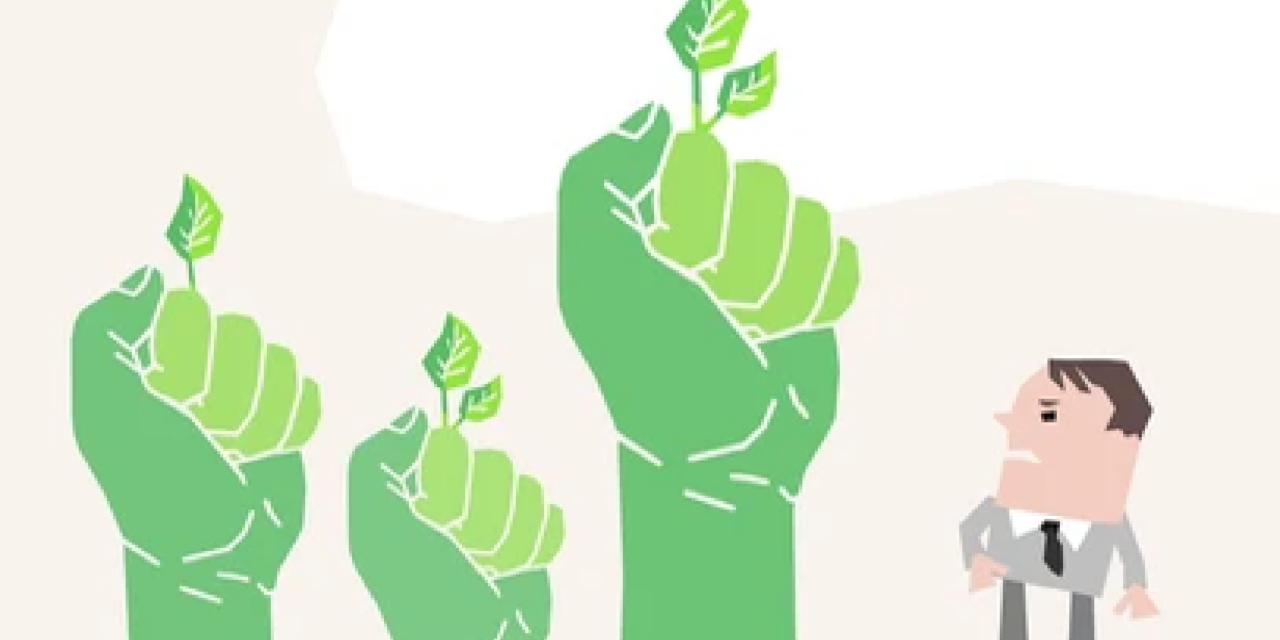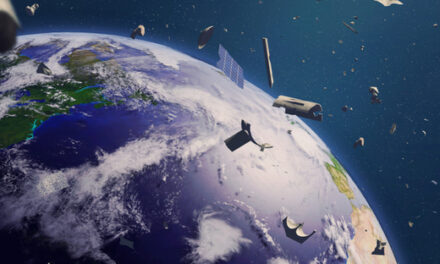
Talkin’ ‘Bout a (Green) Revolution
The Green Revolution brought enormous leaps in agricultural yields, especially in developing countries, and is credited with averting hunger for millions and reducing global poverty.
To view the full article please register below:
Talkin’ ‘Bout a (Green) Revolution
The Green Revolution brought enormous leaps in agricultural yields, especially in developing countries, and is credited with averting hunger for millions and reducing global poverty, earning the “Father of the Green Revolution,” Norman Borlaug, a Nobel Peace Prize.
Since this mid-20th century explosion in agricultural yields, global crop productivity has fallen to an average annual rate of 1.63%, lower than the 1.73% required to meet the food needs of the estimated 10 billion people in 2050.1
Providing a growing global population adequate food supplies at affordable prices amid the emerging challenges of scarce water resources and higher temperatures may require nothing less than a new green revolution.
Green Revolution, Redux?
While the first green revolution was based on advances in developing higher-yielding strains of food grains and the generous use of chemical fertilizers, the next green revolution may be the result of an obvious and overlooked approach to improving crop yields (i.e., optimizing photosynthesis, the primary determinant of crop yield and the only yield determinant not close to its biological limits).
As is well known, plants rely on the sun to synthesize food from carbon dioxide and water to grow. Less well known, however, is that the process of photosynthesis is a continually adaptive process that responds to changing levels of illumination as conditions fluctuate between sun and shade. While evolution has allowed plants to develop biochemical processes to accommodate these constantly changing levels of illumination, the process by which they respond to light changes is a slow one. It’s enough for survival, but not nearly optimally efficient.
A recently published article reported on one study by scientists at the University of Illinois in which they genetically modified soybean plants to enhance the response to changing illumination levels. The genetic modifications resulted in an average increase of 24.5% in yields across the five of eight strains that saw success, with the best performing strain seeing a yield improvement of 33%.2
Of course, this isn’t the only research underway. More experiments will be needed on a larger scale and with wider environmental conditions. Nevertheless, this study is an exciting development that has enormous implications for increasing and sustaining crop yield productivity and averting future food crises and the political upheaval typically associated with a scarce food supply.
Sources:
- https://globalagriculturalproductivity.org/wp-content/uploads/2019/01/2019-GAP-Report-FINAL.pdf
- https://www.economist.com/science-and-technology/2022/08/24/a-genetic-tweak-that-makes-soya-plants-20-more-productive
Please reference disclosures: https://blog.americanportfolios.com/disclosures/












